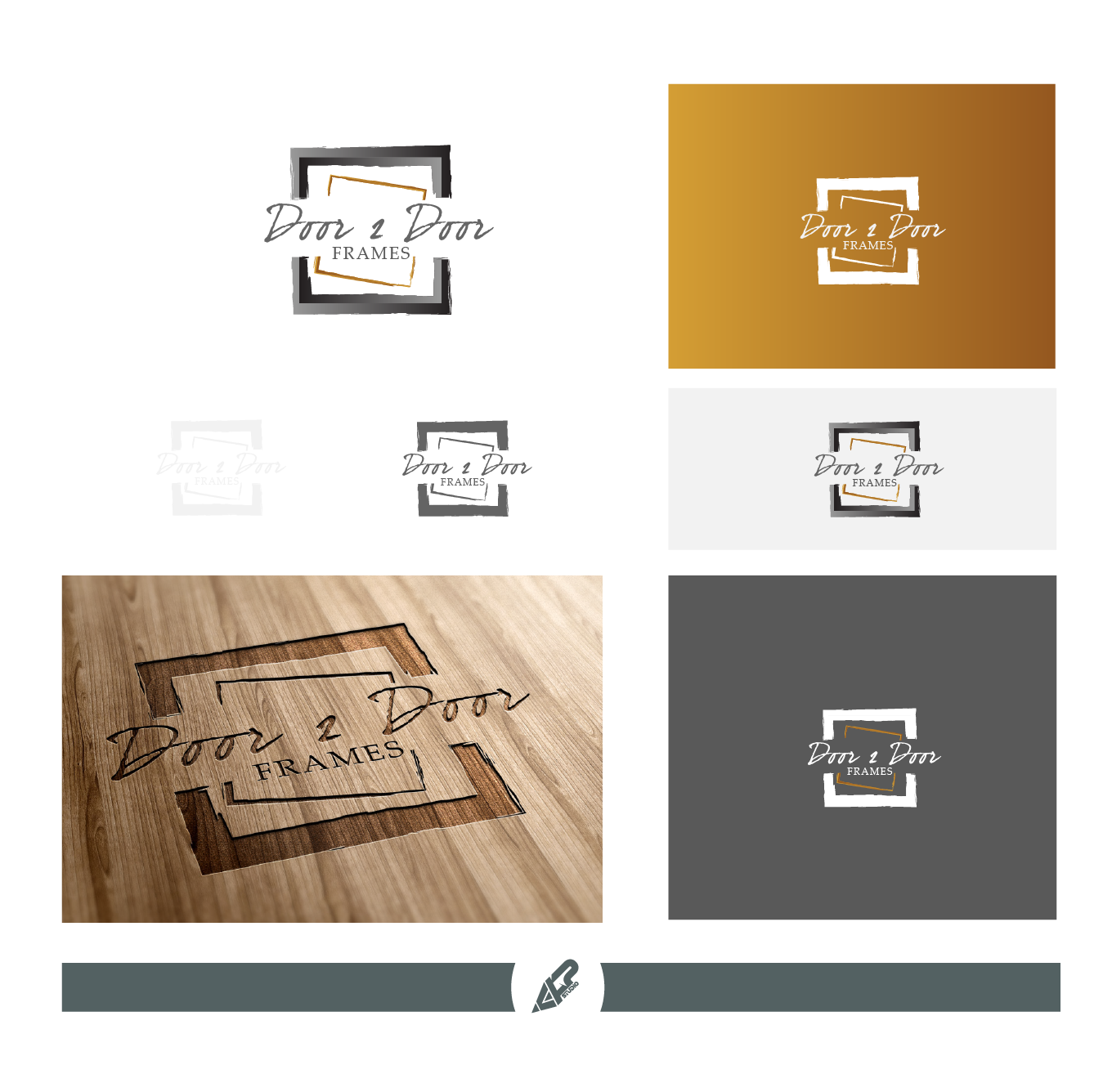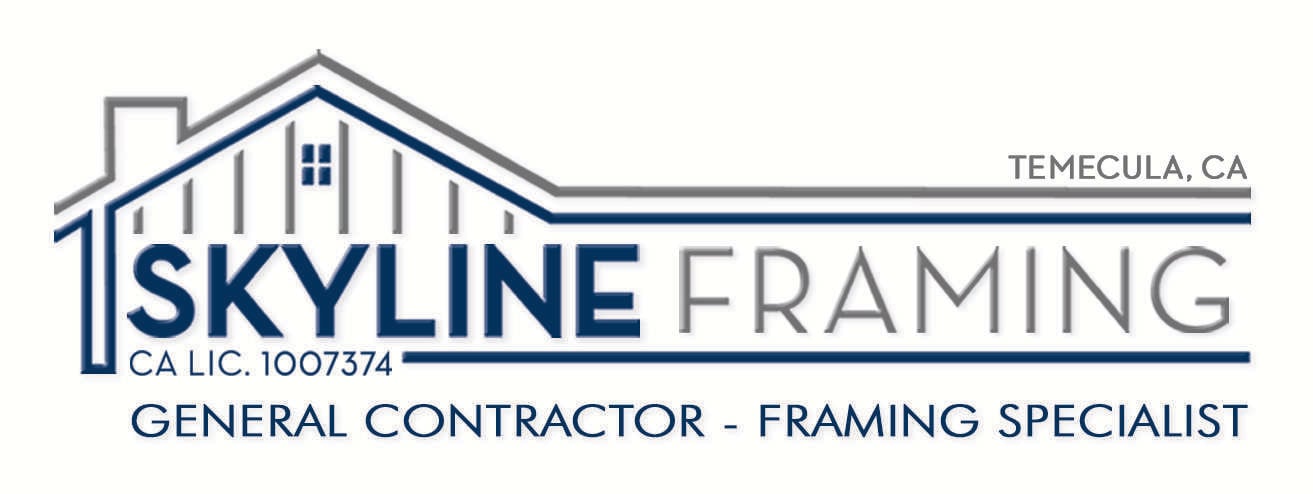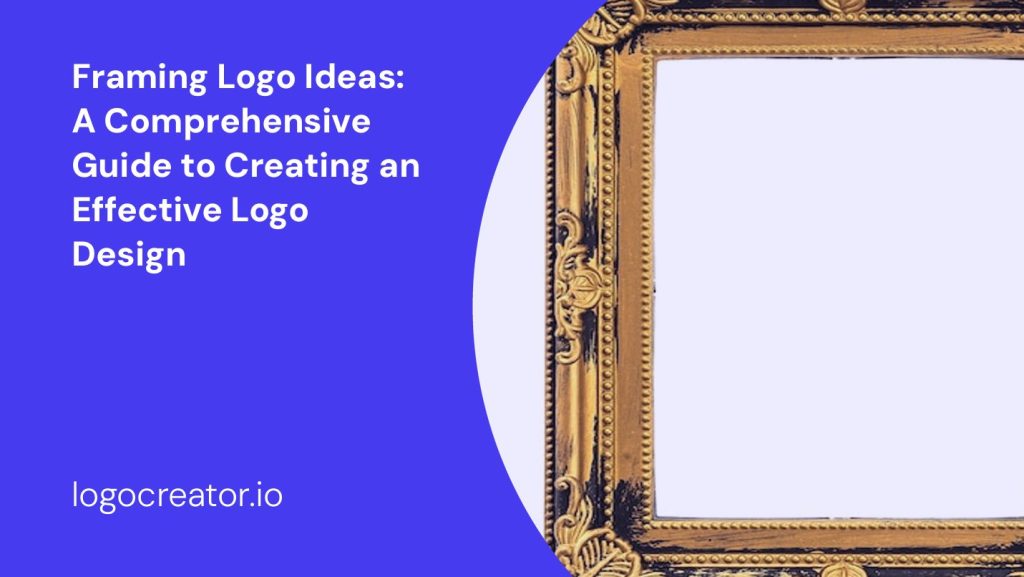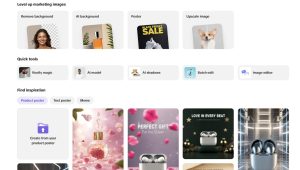Are you in the process of creating a new logo for your business or organization? The logo is an essential element of your brand identity, representing your values, products, and services. It is crucial to approach logo design with careful consideration, as it will become the visual symbol that your audience associates with your brand. In this guide, we will explore various techniques and strategies for framing logo ideas to help you create an effective and memorable logo design.
Understanding the Importance of Logo Design

Before diving into the process of framing logo ideas, it is essential to understand the significance of logo design. A well-designed logo can convey the essence of your brand, establish credibility, and leave a lasting impression on your target audience. It serves as a visual representation of your brand’s values, mission, and unique selling points.
Building Brand Recognition
A logo is the face of your brand. It becomes the visual cue that helps consumers recognize and identify your business. Think about popular logos like Nike’s swoosh or McDonald’s golden arches—these symbols have become instantly recognizable and synonymous with the respective brands. A well-designed logo can help your brand stand out in a crowded marketplace and build recognition among your target audience.
Establishing Brand Identity
Your logo should reflect your brand’s identity and values. By carefully framing logo ideas, you can create a design that aligns with the personality of your brand. Consider the emotions you want your logo to evoke and the message you want to convey. Whether you aim for professionalism, creativity, or reliability, your logo should speak to your brand’s essence and resonate with your target audience.
Differentiating from Competitors
In today’s competitive landscape, it is crucial to differentiate your brand from competitors. A thoughtfully designed logo can set you apart and help you stand out in the market. By framing logo ideas that represent your brand’s unique selling points, you can create a logo that distinguishes you from the competition. This differentiation can capture the attention of potential customers and make your brand more memorable.
The Process of Framing Logo Ideas

Now that you understand the importance of logo design, let’s explore the step-by-step process of framing logo ideas.
1. Define Your Brand Identity
To begin framing logo ideas, it is crucial to have a clear understanding of your brand identity. Define your brand’s mission, values, target audience, and unique selling points. Consider the emotions you want your logo to evoke and the message you want to convey. This initial step will provide a strong foundation for the design process.
2. Conduct Market Research
Gather information about your industry, competitors, and target audience. Analyze the logos of your competitors to identify design trends and common visual elements. This research will help you understand what works well in your industry and how you can differentiate your brand through your logo design.
3. Sketch and Brainstorm Ideas
Now it’s time to let your creativity flow. Start sketching and brainstorming logo ideas based on the insights gained from your brand identity and market research. Don’t worry about perfection at this stage; the goal is to generate a wide range of ideas. Experiment with different shapes, typography, and color schemes to explore various visual possibilities.
4. Refine and Select Promising Concepts
Review your sketches and select the most promising concepts. Consider how each idea aligns with your brand identity and resonates with your target audience. Refine these concepts further, focusing on clarity and simplicity. A clutter-free logo is easier to recognize and remember.
5. Experiment with Typography and Colors
Typography and colors play a crucial role in logo design. Experiment with different typefaces and consider how they reflect your brand’s personality. Choose a font that is legible and complements the overall design. Similarly, select colors that evoke the desired emotions and resonate with your target audience. Keep in mind that colors can convey different meanings and associations, so choose wisely.
6. Test and Gather Feedback
Once you have refined your logo concepts, it’s time to test them. Share your designs with a small group of trusted individuals, such as colleagues, friends, or target customers. Gather their feedback and insights to understand how your logo resonates with them. Pay attention to their emotional reactions and any suggestions they offer for improvement.
7. Iterate and Finalize
Based on the feedback received, iterate on your logo designs. Fine-tune the chosen concept, making necessary adjustments to enhance its effectiveness and appeal. Consider how your logo will appear in different sizes and contexts, such as on websites, social media platforms, or printed materials. Ensure that it remains legible and impactful across various mediums.
8. Consider Professional Assistance
Designing a logo can be a complex task, especially if you lack design skills or expertise. If you feel overwhelmed or want to ensure a polished final result, consider seeking professional assistance. Graphic designers or branding agencies can provide valuable insights and expertise to help you create a unique and impactful logo.
Best Practices for Effective Logo Design
As you frame logo ideas and embark on the design process, keep in mind these best practices for creating an effective logo:
Keep It Simple
Simplicity is key in logo design. Avoid clutter and excessive details that can distract from your brand’s message. A clean and minimalistic logo is not only visually appealing but also easier to recognize and remember.
Ensure Scalability
Your logo will be used across various mediums and sizes. Ensure that it remains legible and impactful whether displayed on a small website icon or a large billboard. Test your logo in different sizes to ensure its scalability.
Focus on Versatility
Design a logo that can adapt to different backgrounds and color schemes. A versatile logo will maintain its effectiveness and visual impact regardless of the context in which it is used. Consider creating variations of your logo to accommodate different applications.
Aim for Timelessness
While it is essential to be aware of current design trends, strive for a logo that will stand the test of time. Avoid overly trendy elements that may quickly become outdated. A timeless logo will ensure your brand remains relevant for years to come.
Be Memorable
The ultimate goal of a logo is to leave a lasting impression on your audience. Aim for a design that is unique, distinctive, and memorable. A memorable logo will make your brand more recognizable and increase its recall value.
Conclusion

Framing logo ideas is a crucial step in creating an effective logo design that represents your brand’s identity and resonates with your target audience. By following the step-by-step process outlined in this guide and adhering to best practices, you can create a logo that stands out in a competitive marketplace, establishes your brand identity, and leaves a lasting impression. Remember, your logo is the visual symbol that will represent your brand, so take the time and effort to design it thoughtfully and strategically.
Angela Irwin is a branding and design enthusiast with a Bachelor of Fine Arts in Graphic Design from Meadowbrook College. As a writer at Logocreator.io, she shares her expertise on logo design, graphic trends, and effective branding strategies, helping businesses create impactful visual identities.



